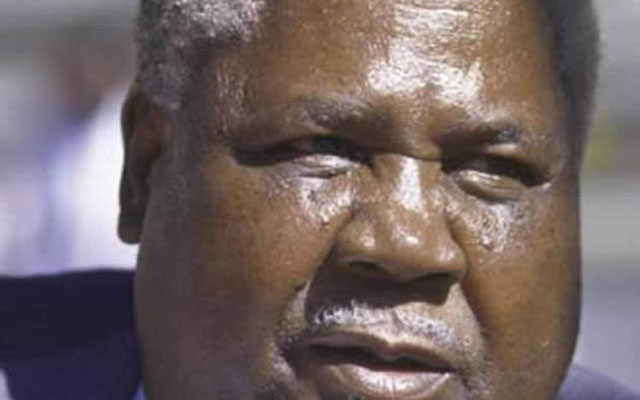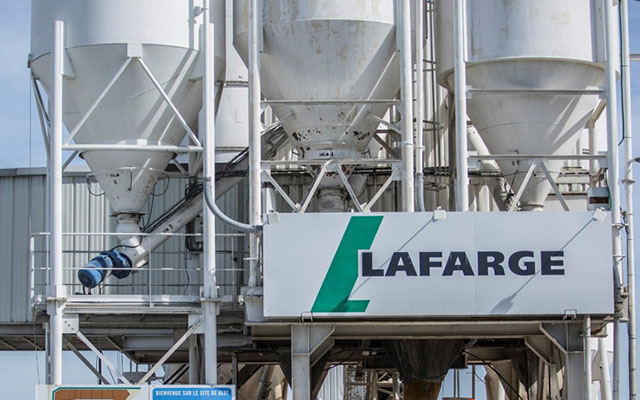A lesson from Dr Joshua Nkomo

Saul Gwakuba Ndlovu Correspondent
The late nationalist and national hero, former Vice President Joshua Nkomo would have turned 100 yesterday, June 19.A large number of people gathered near St Joseph’s Mission in Matobo District’s Semokwe communal lands on June 10, to celebrate the late Father Zimbabwe’s birthday centenary.
One of the overarching issues in reflecting on the life of Dr Nkomo, the pioneer of Zimbabwe’s modern African nationalism, was his emphasis on the importance to self-reliance.
That concept would often come up whenever he discussed socio-economic development in both a pre- and post-independence Zimbabwe.
Dr Nkomo seldom discussed the liberation of Zimbabwe without mentioning in the same breath the country’s economic, social, cultural and political development.
While he attached a great deal of importance to investment, he emphasised the vital need for indigenous people to exploit and utilise their own natural resources.
He would mention the San as an example of a community that had survived throughout the ages by sheer self-reliance.
“The San would have long become extinct if they had not adapted their lives to the harsh and most difficult conditions under which they were forced by circumstances to live in the Kalahari Desert,” he would often say.
“They developed self-reliance by adopting innovative modes of existence to make life comfortable in that environment.”
He was referring to various aspects of the San people’s way of life, an existence created and shaped by cruel socio-economic conditions imposed on them by well-known historical developments.
The San people learnt to be innovative not only in economic terms, but also socially, culturally and politically.
In a free Zimbabwe, we have not heard much, if at all, about self-reliance.
We have instead heard about donors, and actually seen a great deal of their activities.
There is so much of that phenomenon in various African states that it is creating, if it has not already, a beggars’ syndrome.
That was not what Dr Nkomo advocated. He was for self-reliance in communities to create their own social and cultural infrastructure and systems, to produce their own food, and to manage their own projects.
Communities can and should identify projects such as gardens, clinics, schools, dip-tanks and, in certain unique cases, church buildings. Such projects can range in location from villages, wards to districts.
In terms of time, that is to say duration, they can either be short-term, medium-term or long-term, and can be headed by traditional or elected leadership.
Self-reliance projects can be family or community-owned and managed, depending on their respective types. For churches, it is most advisable for them to be community rather than individually-owned to avert an individual leader enriching himself or herself as has been the case at a number of well-known churches.
An individually-owned church can easily misinterpret and subvert biblical doctrines to suit the individual’s own selfish or, at times, insane wishes or imagination. A church owned and run by a community tends to be more doctrinally appropriate.
A community with a good leadership can quite easily erect small social facilities such as clinics, kindergartens or teachers’ cottages. Such projects can be treated on a short-term or medium-term basis, depending on the size of the community and that of the project.
The cost of the project will determine the contribution each eligible community member will make. It will also depend on the material to be used for its construction and the equipment to be installed.
Construction of such projects can and should be done by local labour and management to reduce expenses. Similarly, some of the material used such as bricks and timber could, if not should, be produced or procured locally.
We can in this way see that communities can develop their own social infrastructure by raising money locally, by using local manpower and management, local materials and, to top it all, by the local leadership motivating not the community, but the workers as well.
Those five Ms: money, manpower, management, material and motivation if properly applied or utilised together will create self-reliance, a concept Dr Nkomo talked about a great deal during the liberation struggle.
Not only did he talk about it, but he actually initiated communal development projects in the form of immoveable properties, agricultural, tourist and hospitality services projects in various parts of Zimbabwe after independence.
The projects were, most regrettably, either destroyed or disturbed by insecurity that convulsed the country, especially Matabeleland and the Midlands provinces, from about 1982-83 to December 1987 when the PF–Zapu and Zanu Unity Accord was signed.
Self-reliance should be adopted by all of this country’s universities, polytechnic colleges and other educational institutions.
It should be a cause of embarrassment for any school in Zimbabwe not to have a garden from which pupils and students can grow plants, and, in some cases, even fruit trees in orchards.
Such projects should indicate to young people that not only food, but money comes from the ground, and that Zimbabwe’s national economy is indeed agriculturally-based. That is what Dr Nkomo meant when he said if you want money; reverse the word “mali” (money) to “lima” (plough).
Self-reliance should be shown practically by some of Zimbabwe’s technical universities, and other educational institutions converting the country’s plentiful sunlight into usable electrical energy. That would be self-reliance at national level.
It is impossible to appreciate why Zimbabwe is still relying on hydro and in some cases even on thermal energy in this day and age. What are the constraints in this regard?
In the rural areas, self-reliance should lead to the production of coffins, products that are very much in demand. Coffin-manufacturers should be found wherever there is a hospital.
Self-reliance implies being more or less self-sufficient from the cradle to the coffin. That is what the San community has promoted to achieve self-preservation for centuries, not that they use coffins. They use hides or skins instead.
First published in The Chronicle.









Comments